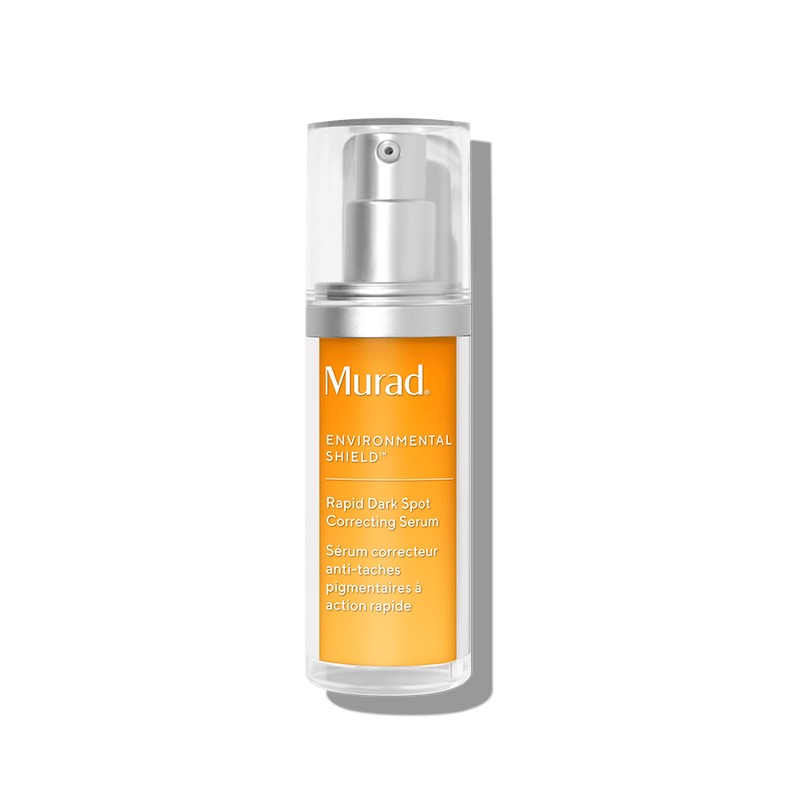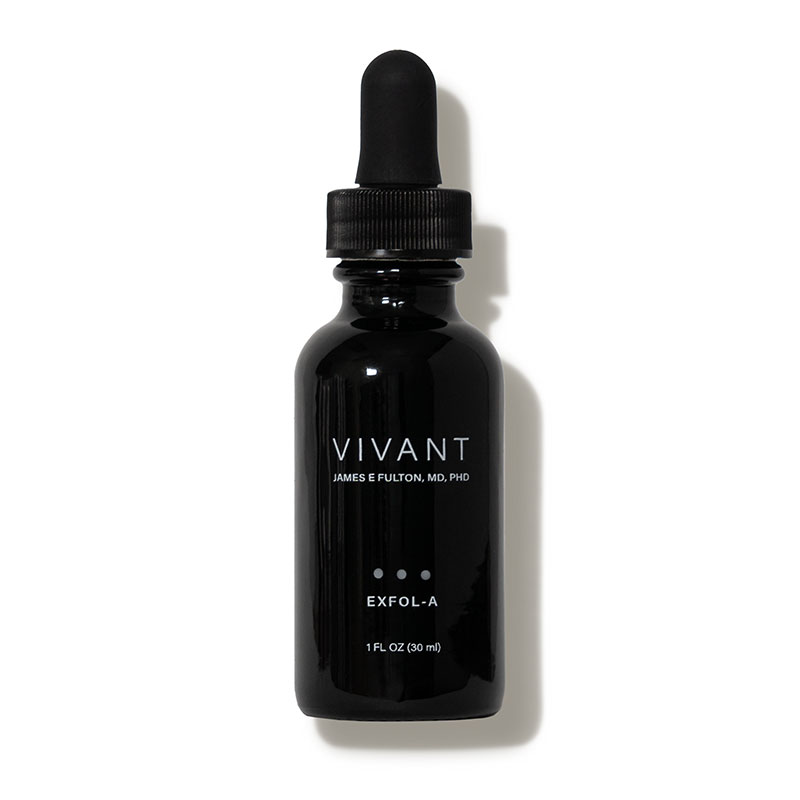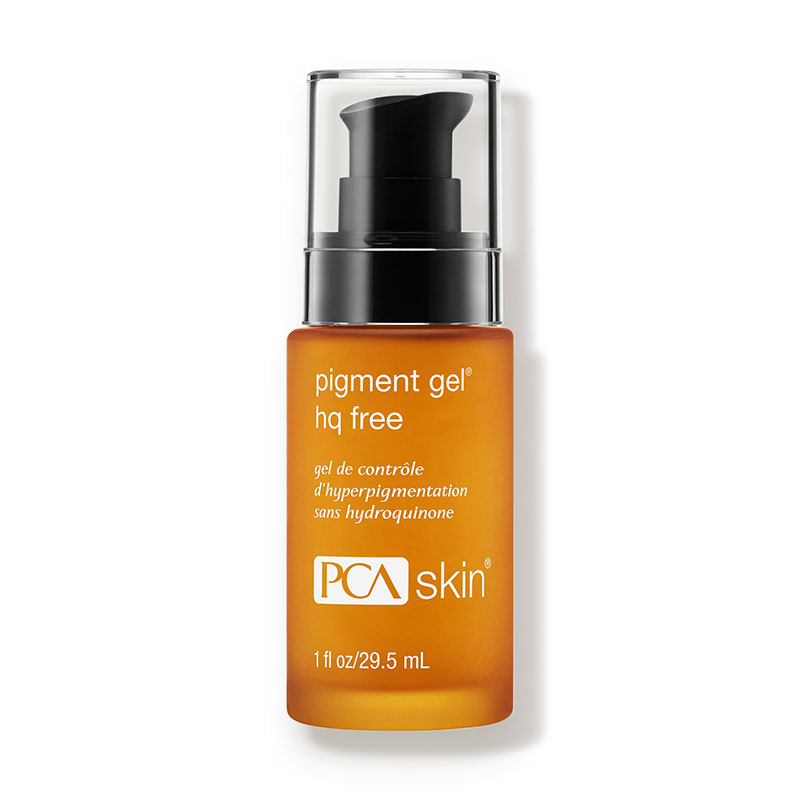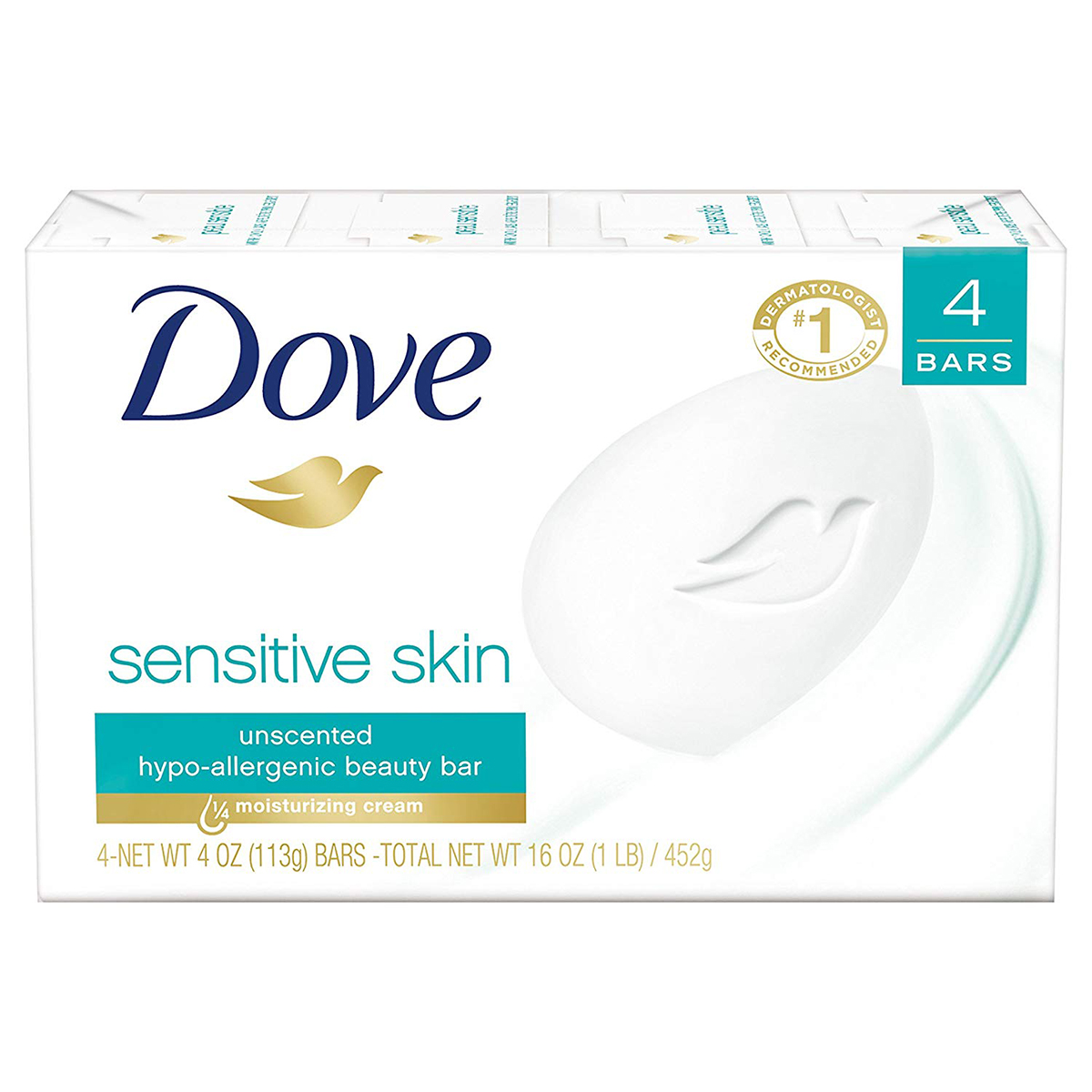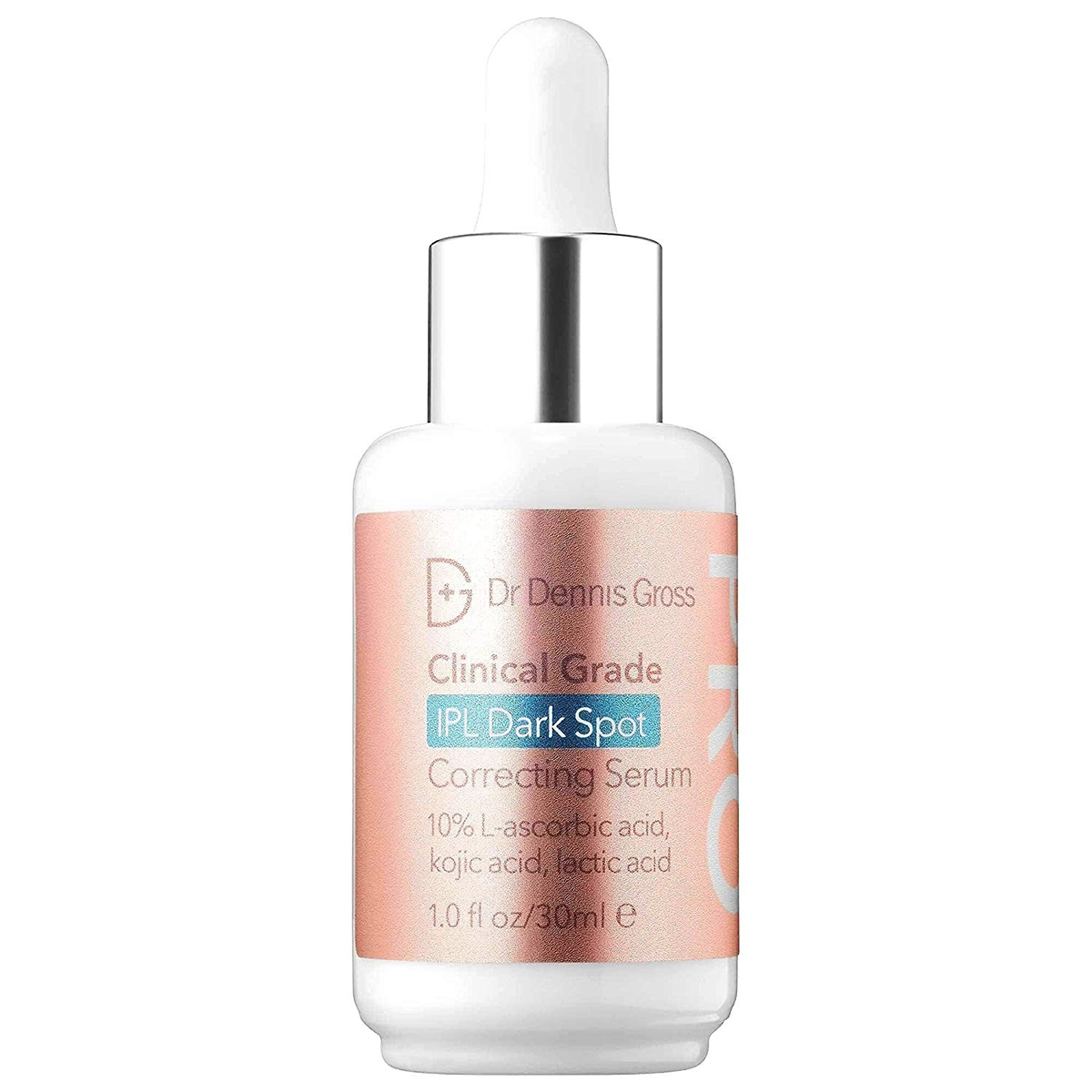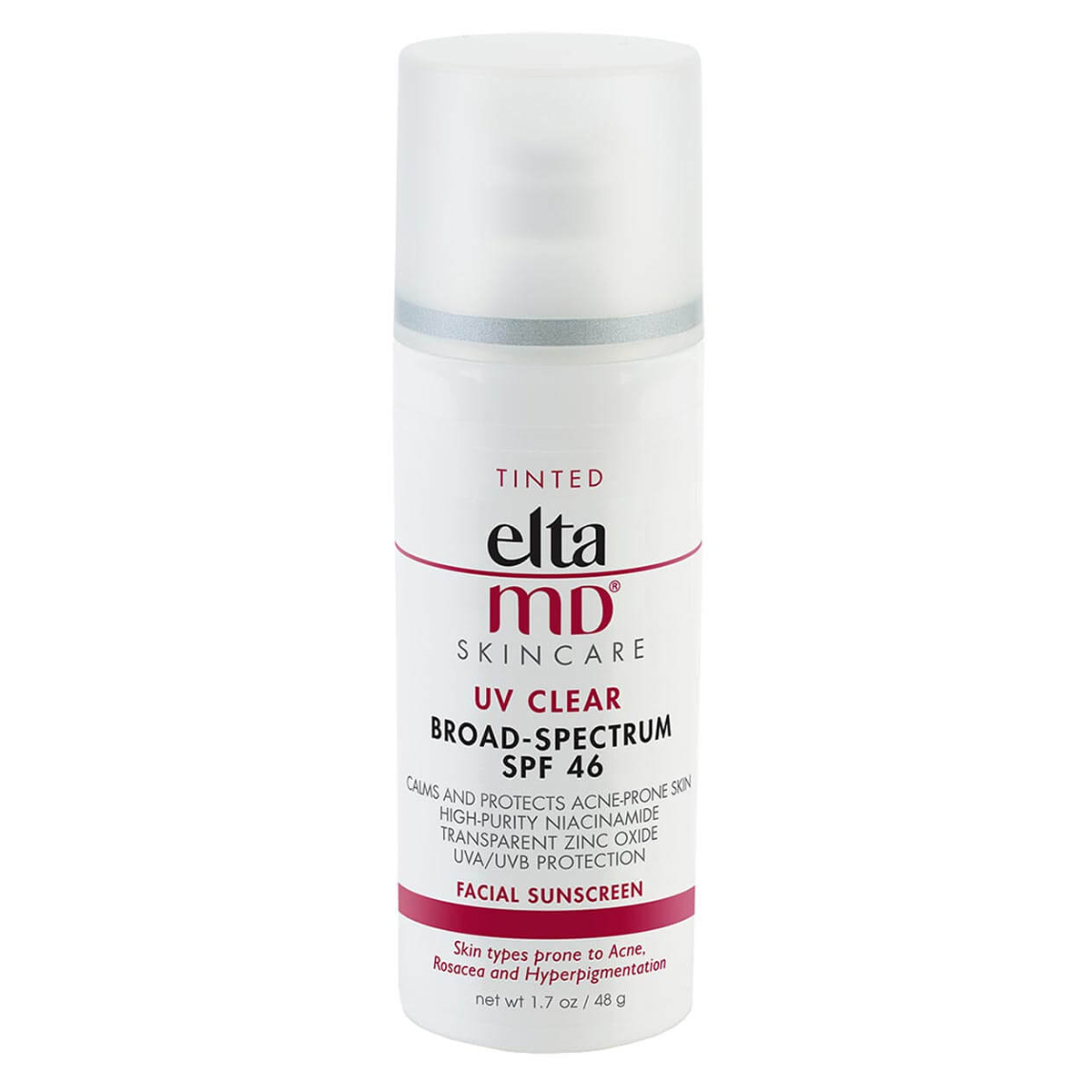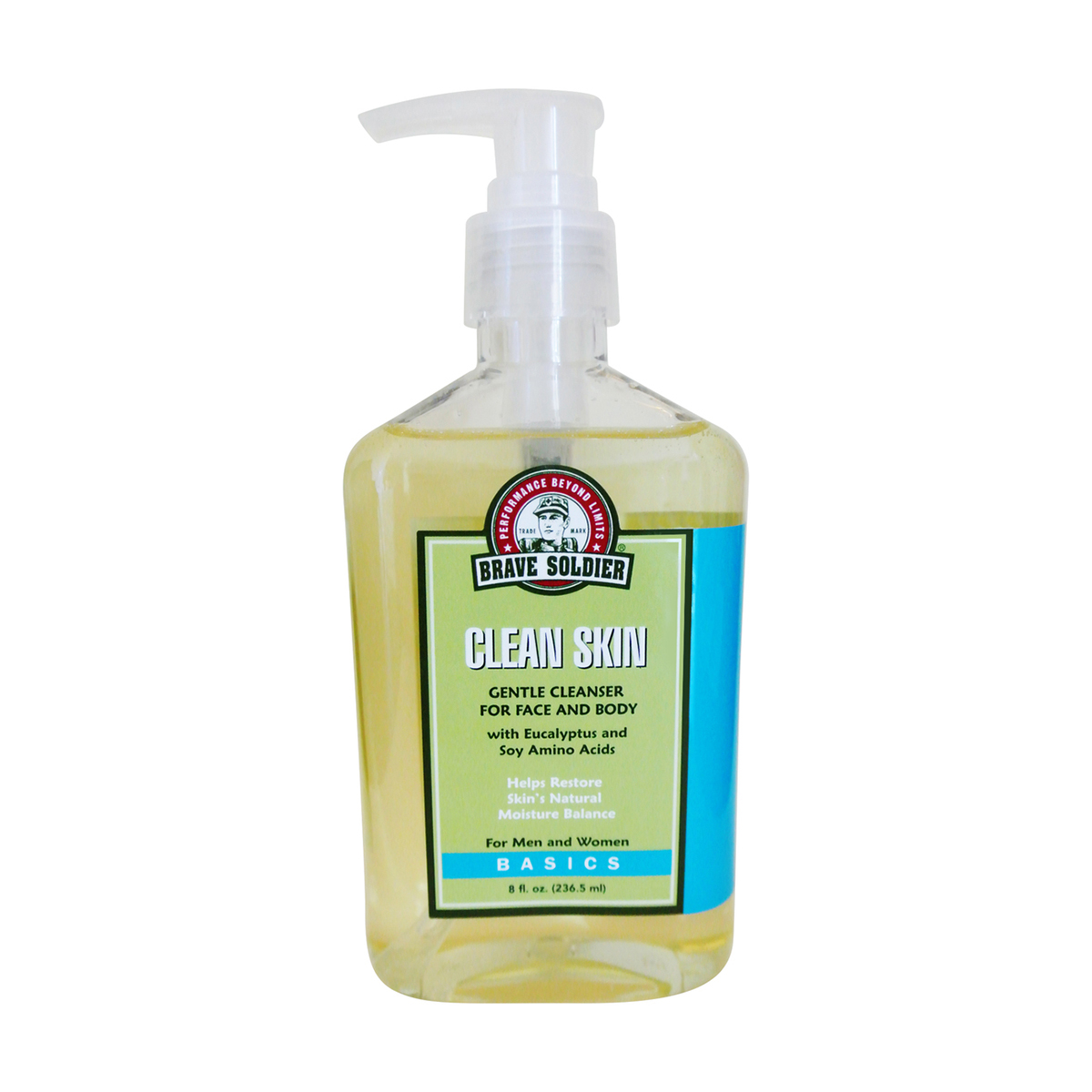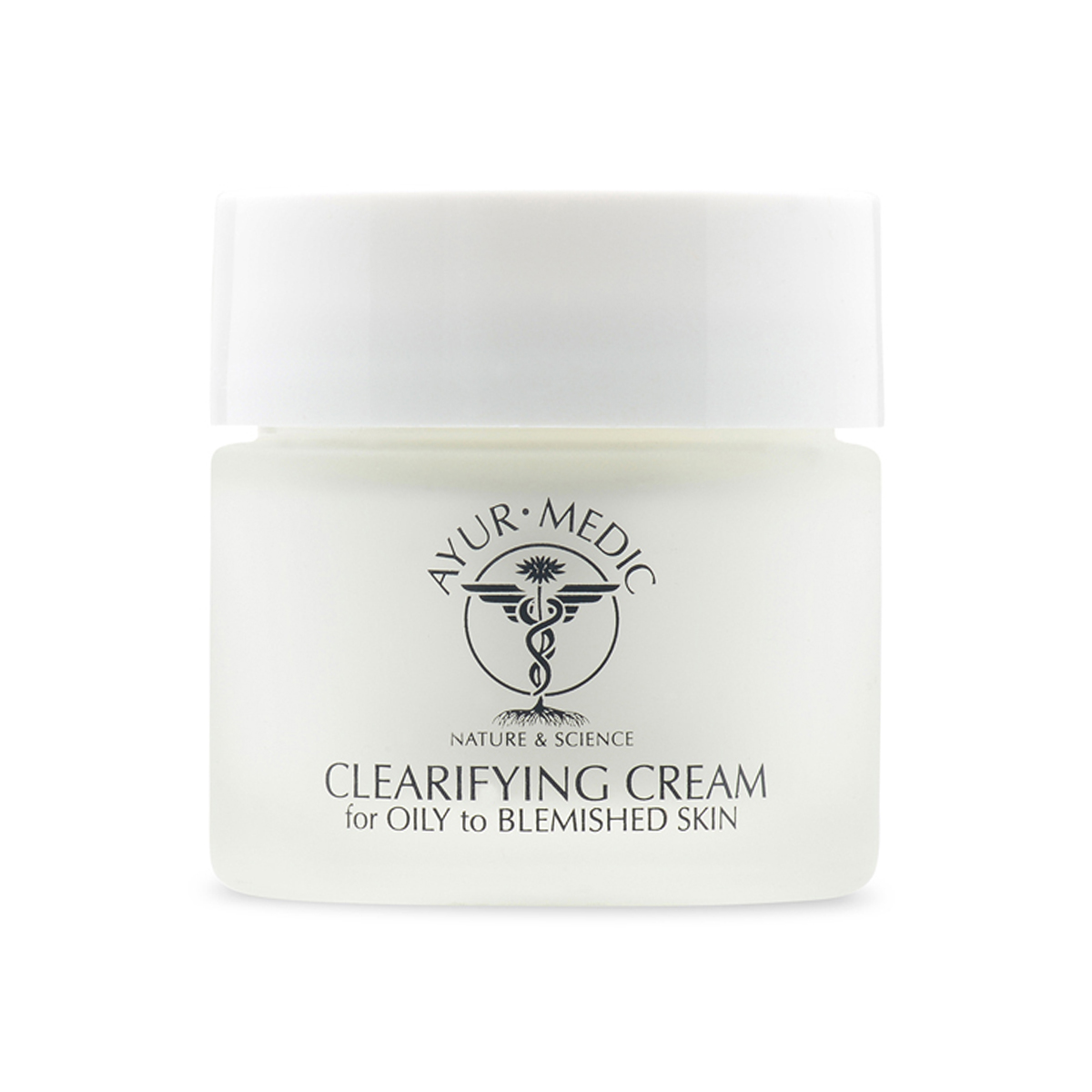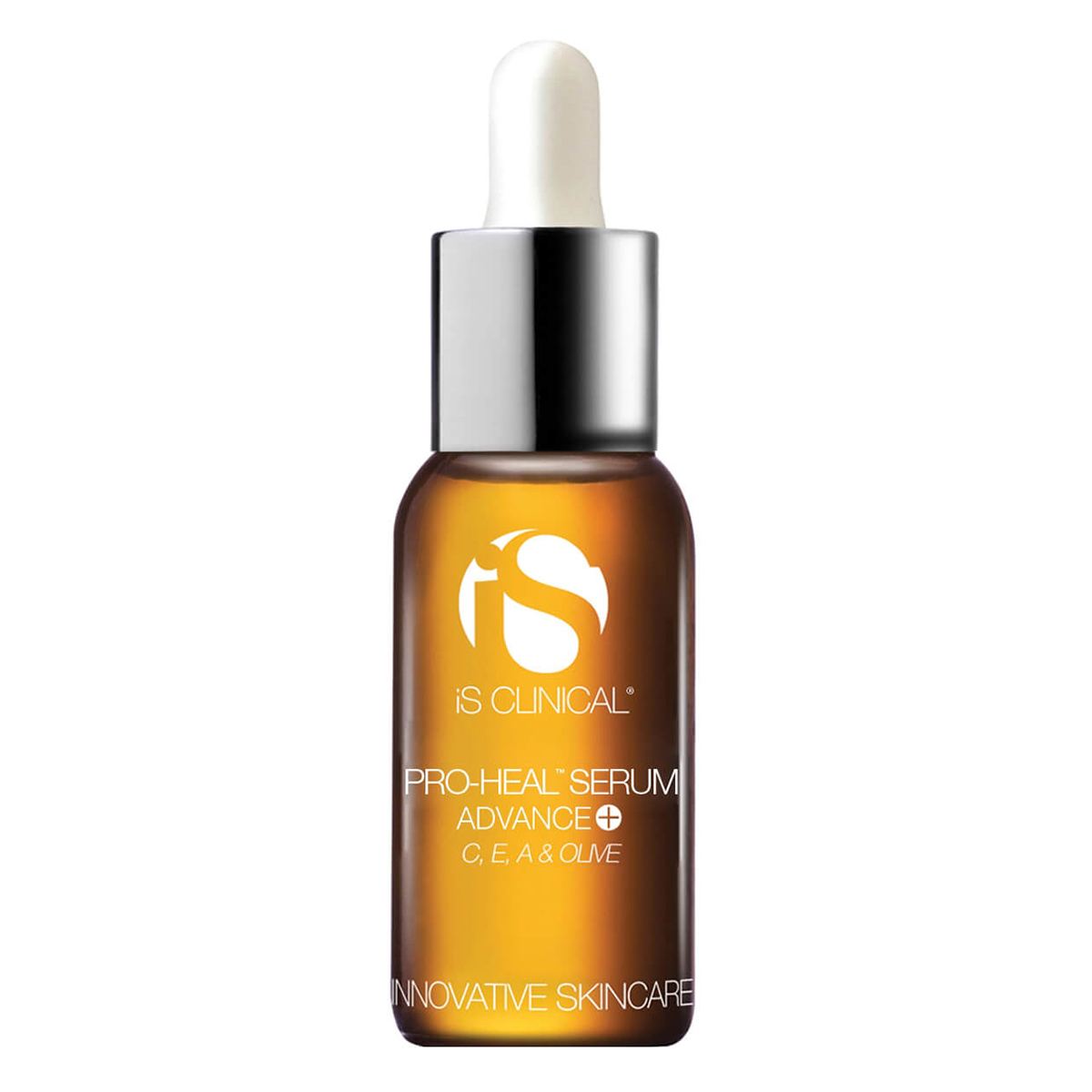We Asked Gwyneth Paltrow's Facialist How to Banish Acne Scars for Good

Ever since becoming a beauty editor, I've been pretty candid about my acne-prone skin—especially considering my skin has gotten worse (or at least had higher highs and lower lows) since my professional start in beauty. Between lots of stress, lots of product tries, and lots of sleepless nights (plus some hormonal ups and downs), trying to treat and reduce acne and scarring has felt like a full-time job.

As I shared here, it wasn't until I met celebrity facialist Vanessa Hernandez (who has worked with A-list clients like Gwyneth Paltrow and Amber Valletta) that I learned how to train and treat my skin correctly and efficiently. That said, it hasn't been a passive treatment plan. I have a simple yet strict regimen, and I head to her clinic in Brentwood on a weekly basis for extraction-heavy facials, microdermabrasion, and other specialized and targeted treatments.
Thankfully, my uncontrollable breakouts have reduced significantly, and now the treatment has become more about addressing my leftover marks, dents, and pigmentation—aka stubborn acne scarring. Slowly but surely, we're getting there. Since so many of us struggle with acne, and since residual scarring is an annoying par-for-the-course side effect, I asked Hernandez and Rachel Nazarian, MD, FAAD, of Mount Sinai Department of Dermatology for their best tips, tricks, and treatment strategies for those of us wondering how to get rid of acne scarring—either at home or in-office. Keep scrolling for everything I learned.
But first, why are acne scars so damn stubborn?
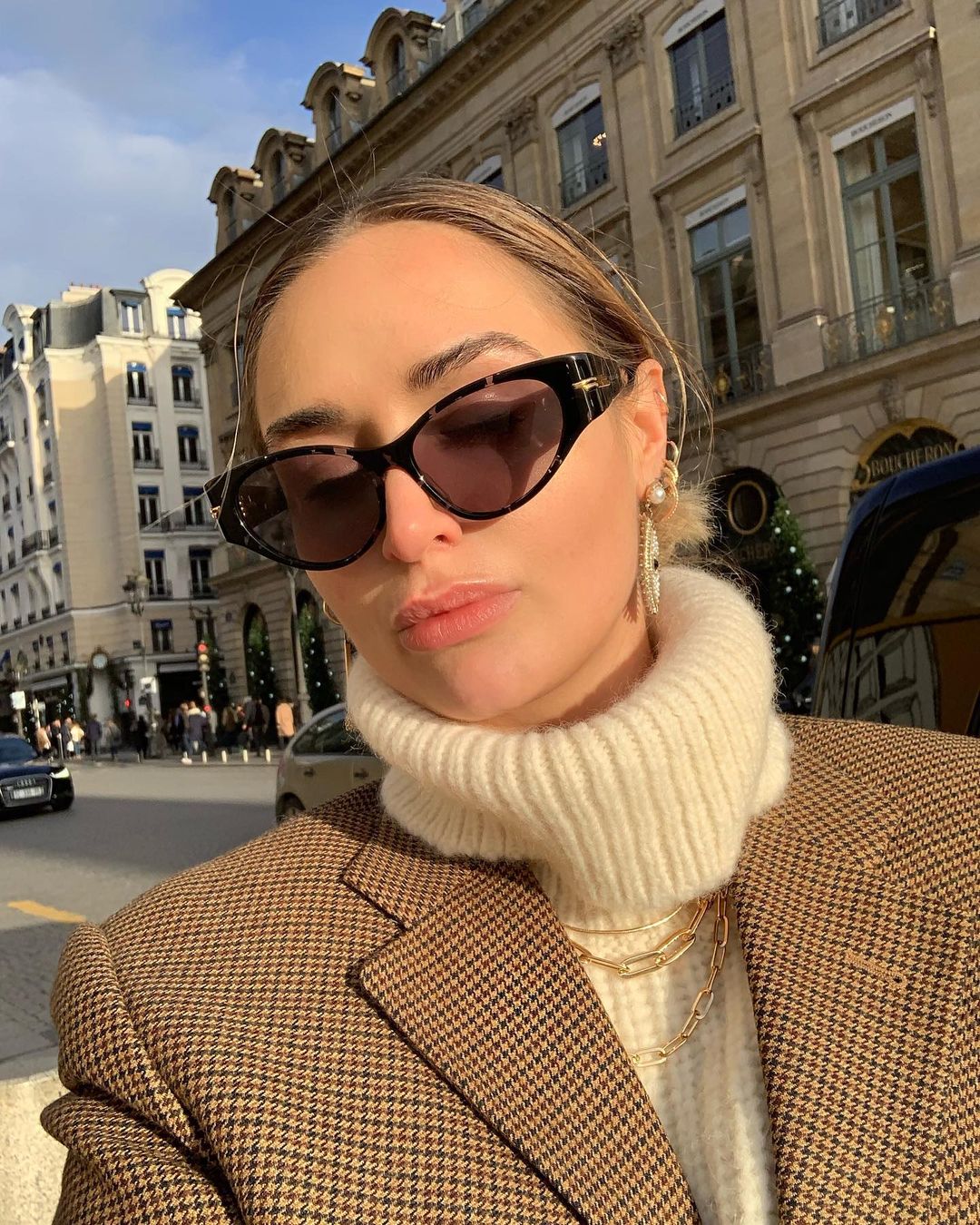
First things first, some basic pimple and pigmentation 101. As Hernandez explains to me, a pimple is an infection that begins deep within our pores and can be triggered by a variety of factors including excess oil, dead skin cells, and/or bacteria that get trapped inside. As a pimple grows larger and becomes inflamed and swollen, so does the pore, which stretches and expands to create a pocket that plays house to the infection. Essentially, acne scars (or as Nazarian calls them, "stains") are the direct result of damaged pores and portray the injured skin tissue post-pimple after the follicular wall has been ruptured.
As I've experienced personally, and as Nazarian is quick to bring up, acne scarring (aka "post-inflammatory pigmentation”) can be just as, or even more, distressing than the pimples themselves. And in more severe cases pitted and textural scars can occur after more serious breakouts, creating pits and dimples in the skin.
"Whether the pigmentation is simply left over from the pimple or from picking and squeezing, acne scars are difficult to treat because everyone's skin heals differently, and some may require multiple and various types of treatments to achieve full correction," explains Nazarian. "Also, the skin takes time to heal and to respond to the treatments—it doesn't happen overnight! This requires a commitment to the treatment over time to see the full result."
Are certain types of acne scars harder to get rid of than others?
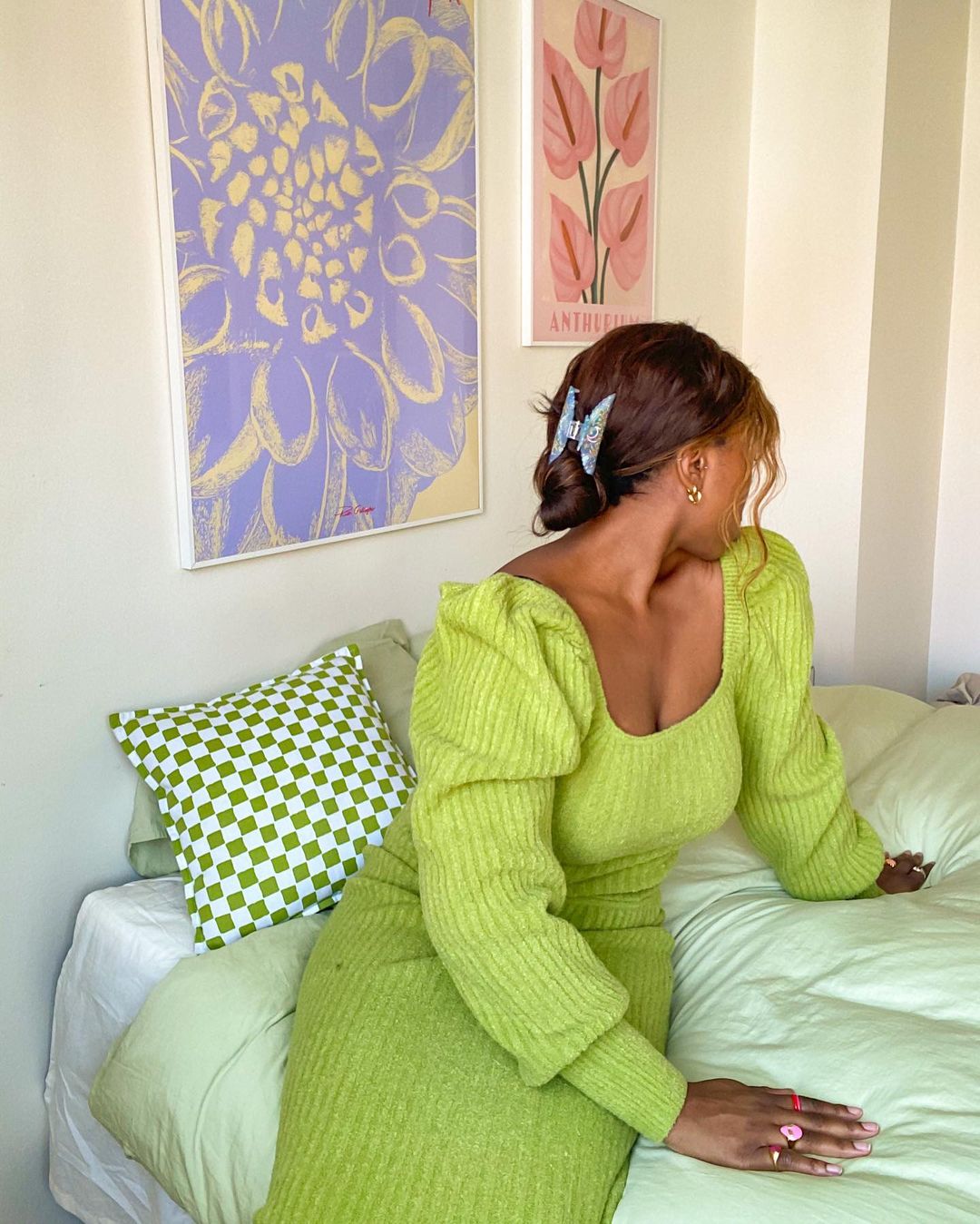
Okay, deep breath. According to Hernandez and Nazarian, some acne scars, if deep enough, can last a lifetime. That said, these are only the scars that have created deep tissue damage and therefore don't represent the majority of acne scars that relate to pigmentation and discoloration.
Depending on your skin type and treatment plan, these less severe scars can take anywhere between six weeks to several years to completely go away. Your best friends? Lots and lots of sunblock, retinoids, and skincare products with lightening and brightening agents. (But more on that later!)
Additionally, your skin type and skin tone will have a weighty impact on how your skin heals and how quickly stubborn acne scars disappear. If you have darker skin, you might deal with more pigmentation and deeper discoloration. If you have lighter skin, your acne scarring may create more redness and broken blood vessels. That said, Nazarian says every skin type can suffer from textural issues post-breakout.
What if you have active breakouts and scarring?
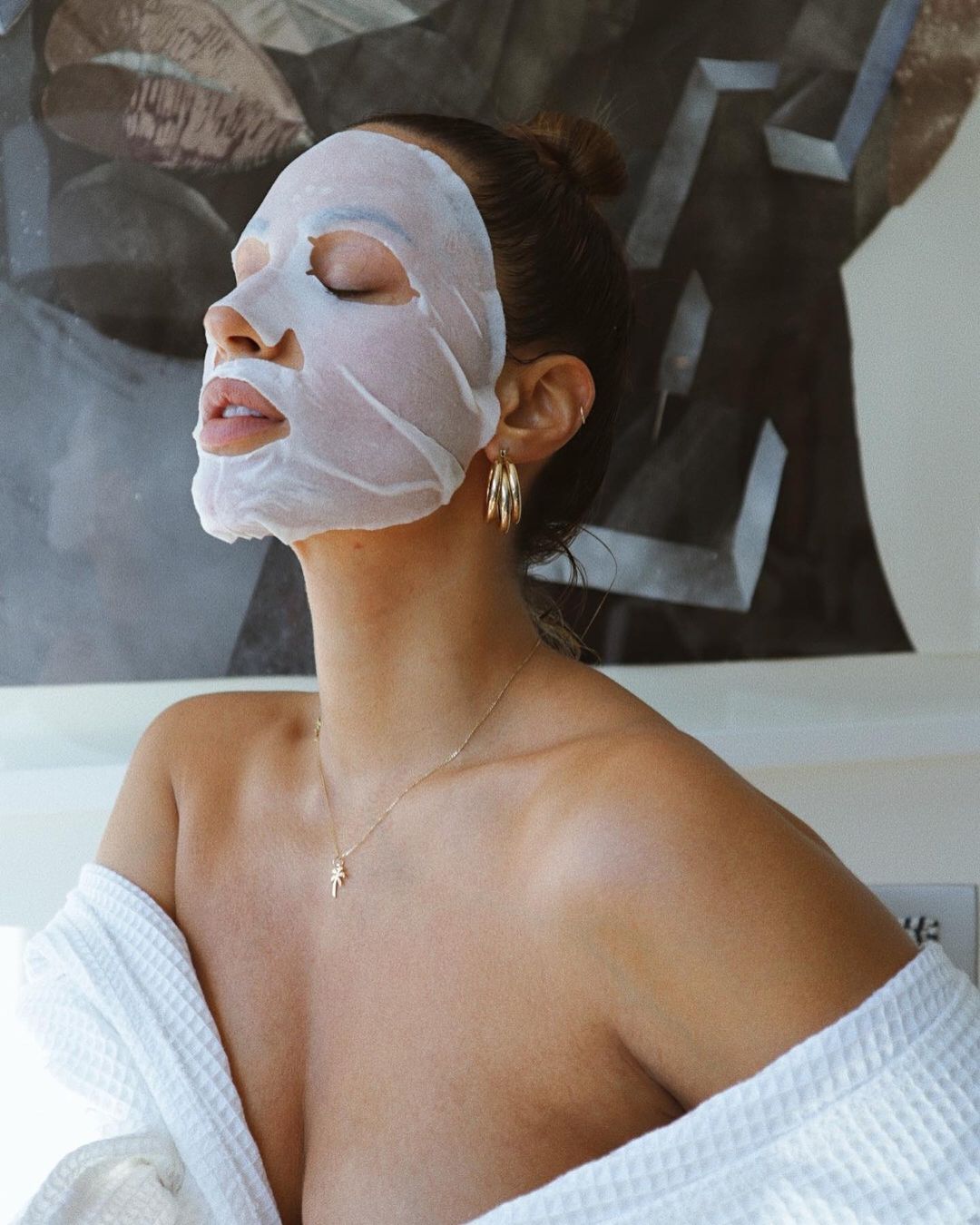
Even though my breakouts (for the moment at least!) have almost completely gone away, there was an especially frustrating time when I was suffering from intense, active acne in addition to stubborn leftover scarring from past breakouts. Not surprisingly, this type of situation will call for a specific kind of protocol.
"First and foremost, we clear the active breakouts with an intense six-week skin boot camp," says Herandez. "It's important to clear up the breakouts first, in order to move onto the more aggressive treatments to get rid of acne scarring like lasers or micro-needling."
Or, as Nazarian explains, your dermatologist may choose treatment plans that target both the acne and scarring, such as topical retinoids and chemical peels. Most dermatologists will forgo aggressive treatments like lasers until after the acne so as not to aggravate or worsen active pimples.
"According to the client's lifestyle, daily sun exposure, and budget, we plan out a one-year treatment plan to smooth out the acne scarring," Hernandez tells us. "It sounds like a long time, but good skin takes commitment and consistency. The treatment plan will vary and alternate between Frax, IPL, microdermabrasion, micro-needling and peels, and facials for maintenance."
The best in-office treatments for acne scarring:
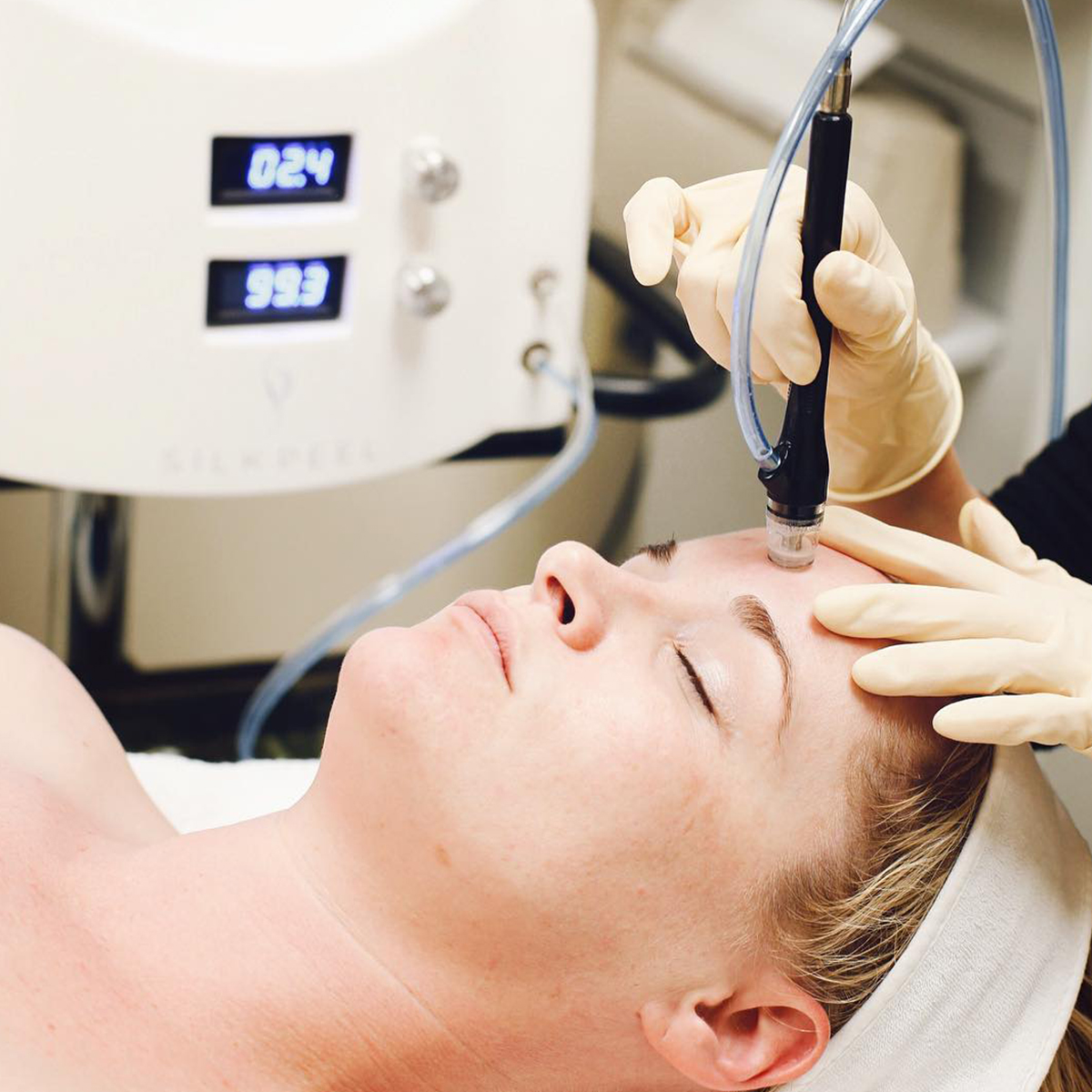
Fraxel: "This is a non-ablative fractional laser treatment for skin resurfacing that helps smooth out acne scars and any textural issues," says Hernandez. You can expect about seven to 10 days of downtime post-treatment, and the skin will likely be red, swollen, warm to the touch for two to three days and then dry and a bit scaly for the next four. Depending on the treatment area, she says pricing can vary between $450 and $1000.
IPL: Hernandez explains this treatment as a photorejuvenation laser that helps to lighten up hyperpigmentation on the skin, dark spots, brown spots, and some red spots, making the complexion look bright and even. There will be about five to seven days of downtime, and the complexion will be mildly pink on the first day with brown, coffee ground like spots that last about seven days before gently flaking away. Depending on the treatment area, she says pricing can vary between $350 and $550.
VBeam Prima: "This is a new pulse dye laser that helps to reduce redness from acne, rosacea, scarring, broken capillaries, diffused redness, and many more indications," says Hernandez. Your downtime will vary depending on what is specifically being treated, but in general, plan for one to three days maximum of redness; pricing will vary between $150 and $750.
The best A.M. skincare routine for acne-scarring:
Best at-home products for acne-scarring:
Retinol Formulas
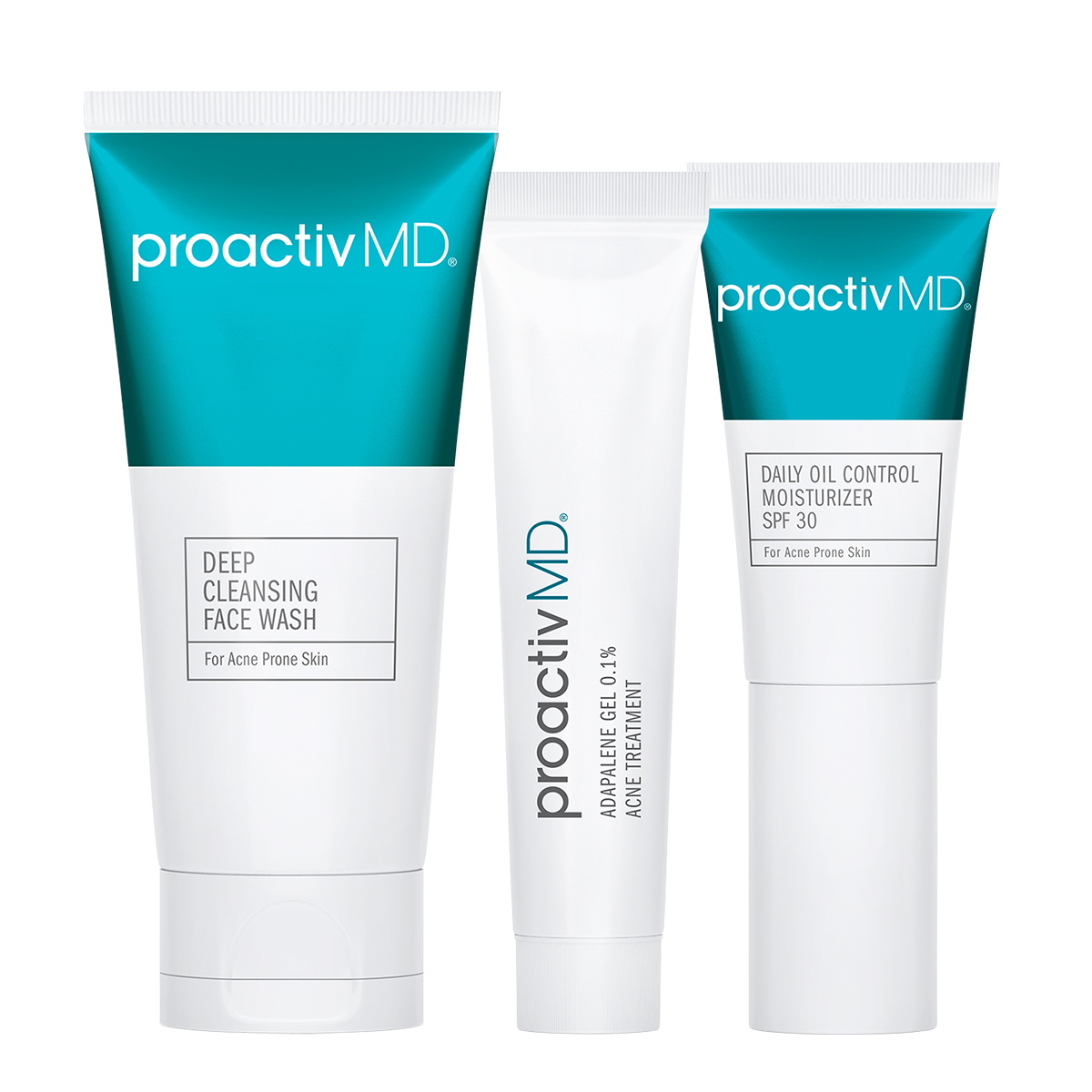
Since retinol formulas encourage exfoliation, kill acne-causing bacteria, promote cell turnover, and improve skin texture, they're a great option for those wondering how to get rid of acne scarring at home.
"Retinol can also be combined with vitamin C to increase cell turnover and fade dark spots even faster. ProactivMD contains a retinol called adapalene, which is a great over-the-counter option," recommends Nazarian.
A Specialized Brightening Serum
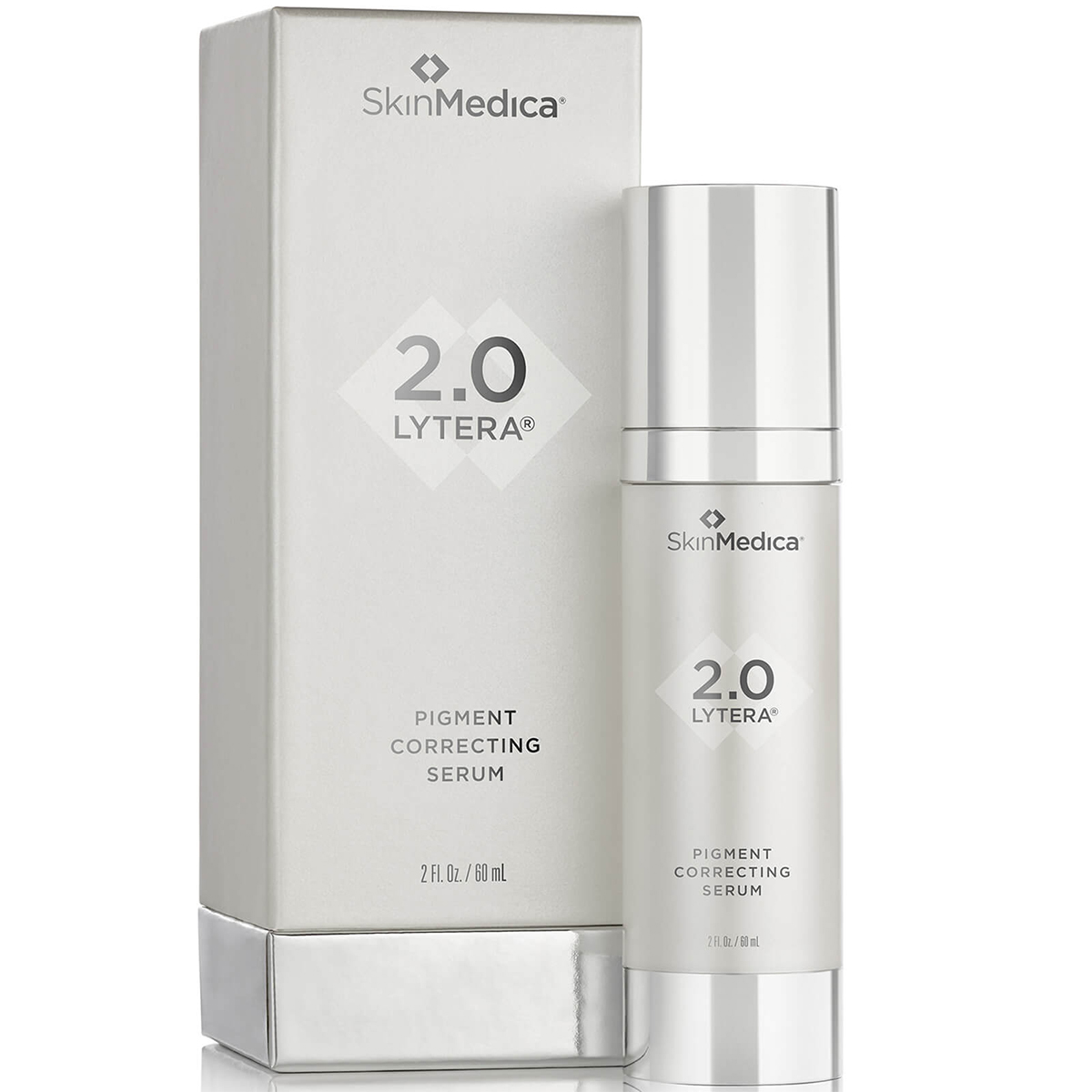
This is one of Hernandez's favorite products when it comes to treating and getting rid of acne scarring at home. It's a brightening, pigment-correcting serum that's gentle and safe enough to use every day. "Look for products with green tea or niacinamide, specifically," says Nazarian. "Additionally, certain vitamins have the ability to resurface dead skin cells faster and decrease pigment left by old acne marks—one of the best is vitamin C and citric acid."
Topical Lightening Gels
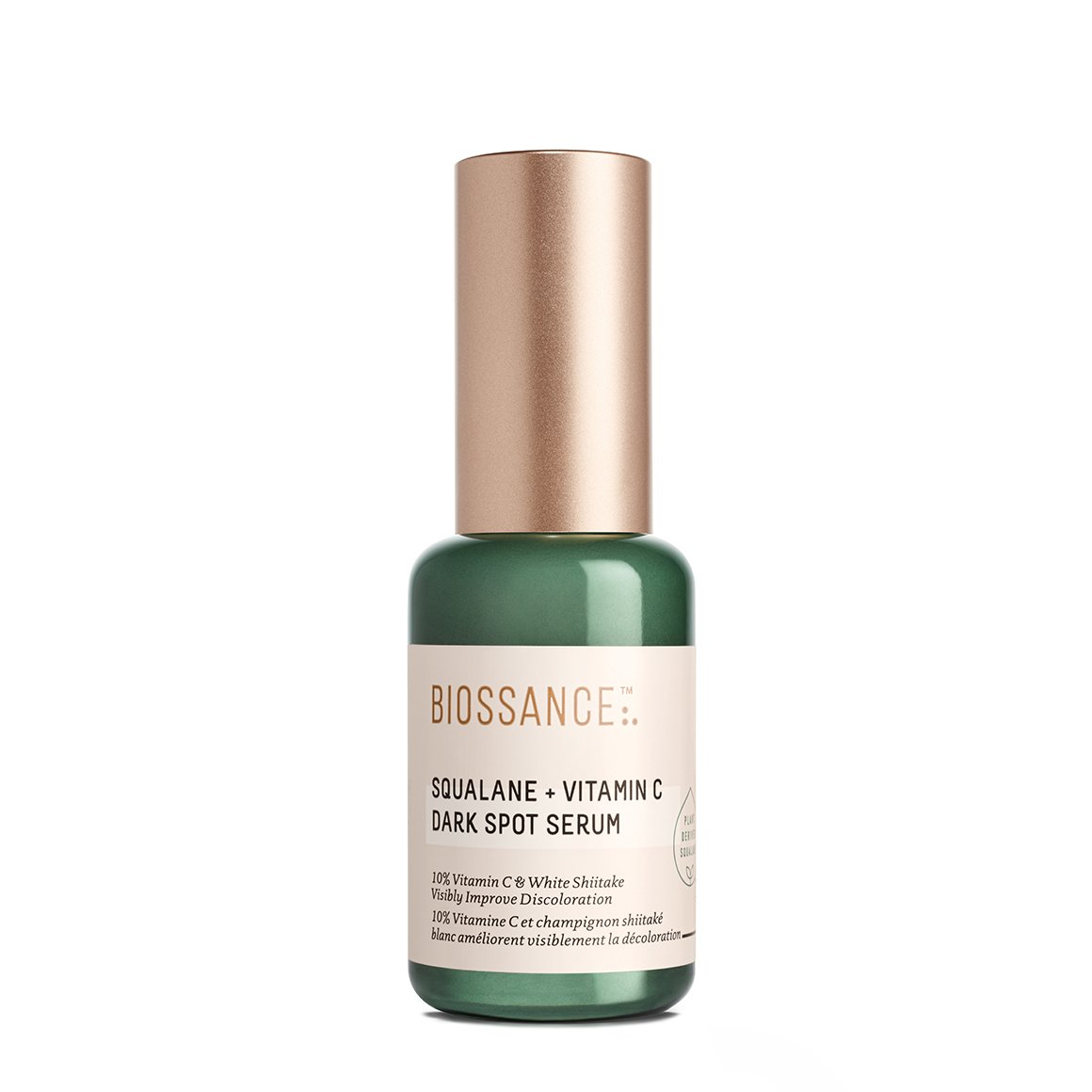
"Over-the-counter options including hydroquinone and/or those with kojic acid or licorice root extract are great for reducing and treating acne scars," says Nazarian. "Oftentimes, the post-inflammatory marks are from redness left by the pimples, and topical anti-inflammatory ingredients can help reduce the redness more rapidly."
Chemical peels: According to Nazarian, chemical peels are when liquid is applied to the skin in order to remove surface skin cells and lighten dark spots and scars. You can expect mild to moderate peeling a few days later and a $250 to $350 price tag.
Microneedling with growth factors: "This type of treatment for acne scarring will involve a medical-grade micro-needling pen that creates controlled micro-channels/injuries in the skin that stimulates your body's natural wound healing process," explains Hernandez. "It helps to smooth out the skin's surface while using growth factors to speed up the healing process, and usually involves five to seven days of downtime. Skin is pink and swollen for two days then a bit dry and flakey for the rest of the week." Follow-up appointments are recommended, and the treatment usually runs around $650.
Acne-focused facials with extractions, microdermabrasion, and LED lights: As Hernandez explains, extractions are pivotal for those with acne as you need to physically clean out the pore in order to make any kind of legitimate headway. To complement and enhance the benefits from extractions, Hernandez recommends microdermabrasion, a diamond-tipped wand that sweeps across the skin and exfoliates off the skin's top layer of dead cells, for a smoother complexion. Next, LED blue light kills bacteria, red LED lights stimulate collagen, and infrared helps to heal, detoxify, and stimulate cell turnover. Nazarian says LED lights only take about 30 minutes and will run you between $150 and $350.
1. Gentle Exfoliating Cleanser
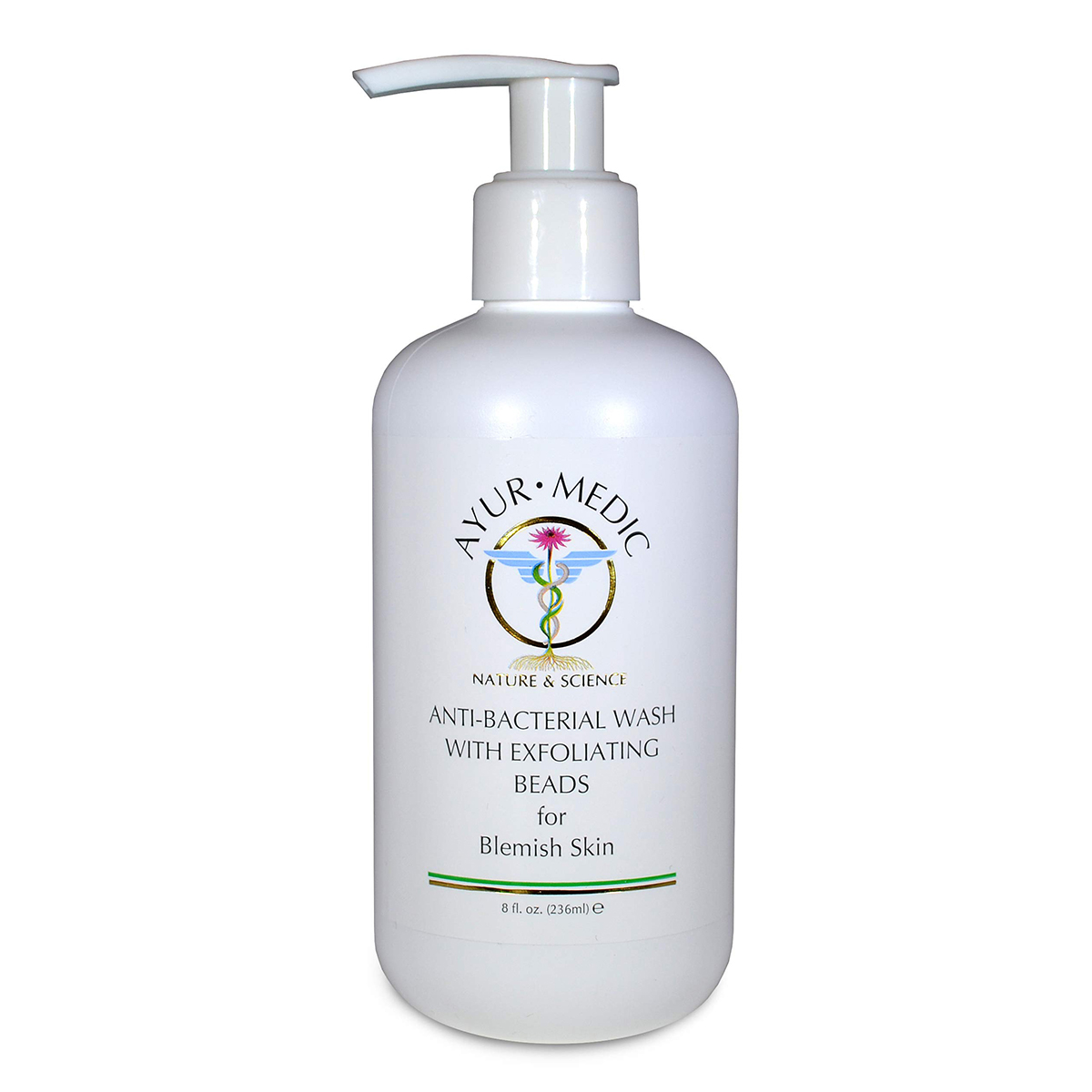
"Scrub your skin every morning. This will help prevent bacteria buildup," says Hernandez. She recommends this pic from Ayur Medic, but if your skin needs something a tad more gentle and less abrasive, Nazarian likes the below pick from Dove. Remember, when it comes to treating acne and scarring, the simpler the better as far as your products and regimen go.
2. Brightening Serum
3. Sunscreen
The best P.M. skincare routine for acne-scarring:
1. A Gentle, Foamy Cleanser
2. An Astrigent Toner
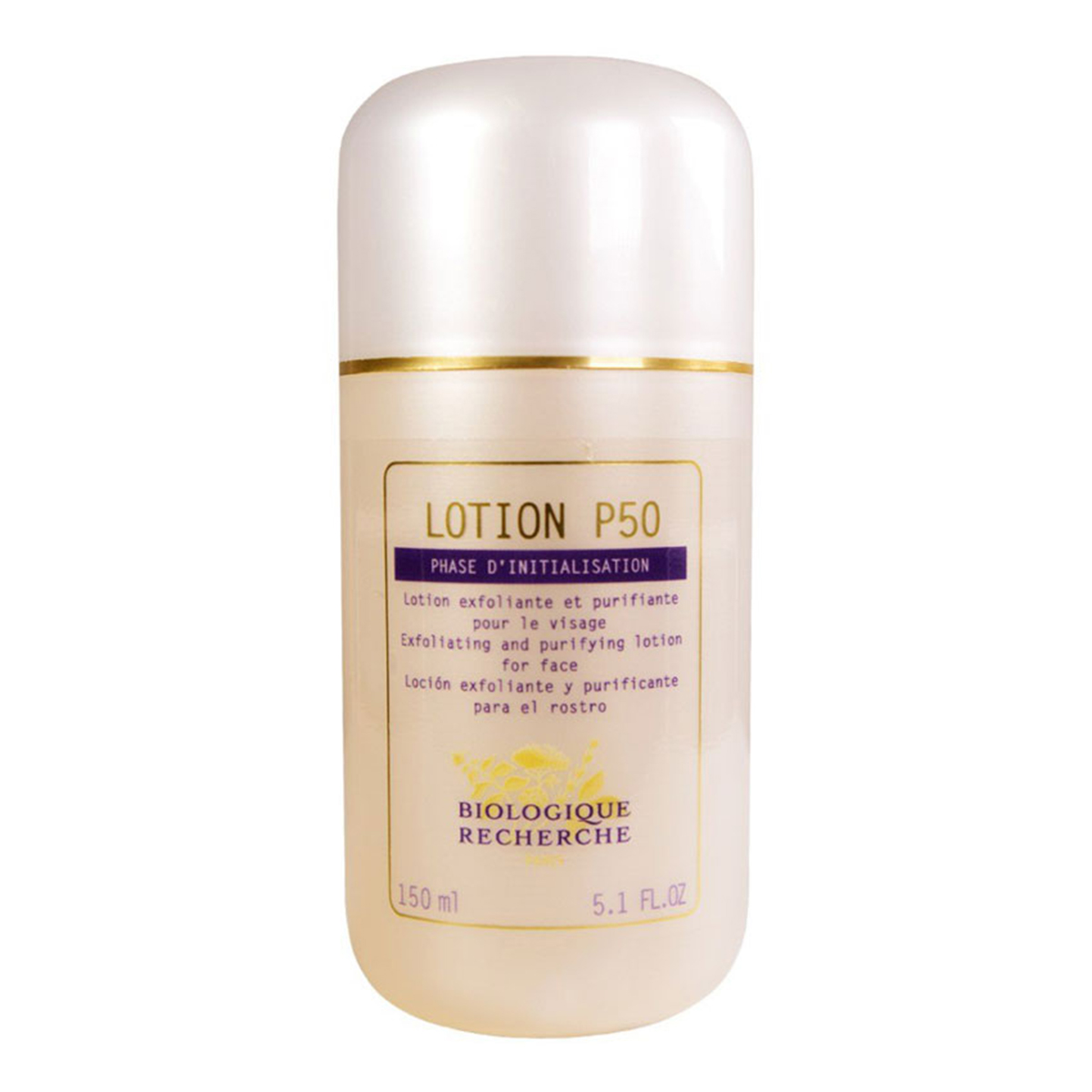
A toner like this iconic formula from Biologique Recherche removes any leftover debris that may still be sitting on the skin. (It's Hernandez's fave!) Log in to Shop Rescue Spa's website for official pricing.
3. Clarifying Moisturizer + RetinA
And a few more do's and don'ts if you're trying to get rid of acne scarring…
Don't: Cake on your makeup. Instead, allow the skin to breathe, heal, and be in as natural of a state as possible.
Don't: Pick your skin. "If the pimple is popped, squeezed, extracted, or even scratched the wrong way, it can rupture, causing an acne scar," warns Hernandez. "Always allow any scabs to completely heal and fall off on their own. The skin underneath the scab is regenerating and growing, and if the scab is picked off too soon, and the skin cells have not had the chance to heal and regrow, you can be left with hyperpigmentation, a depression, or a scar."
Do: See a real expert. "Don’t take risks with your skin and don’t look at online blogs, social media, or do-it-yourself websites for help. You could risk more damage to your skin," says Nazarian.
Do: Avoid long periods of sun exposure. Carry/wear a hat at all times, always wear SPF, and reapply after two hours.
Do: Be patient. "Beautiful skin takes compassion, commitment, and patience," Hernandez reminds us. "It is achievable for everyone with the proper education of their own skin, in addition to consistency with at-home product use and in-office treatments."
Next: The 7 Best Filler Alternatives, According to Dermatologists
This piece was originally published at an earlier date and has since been updated.

Erin has been writing a mix of beauty and wellness content forBest Knockoff Luxury Clothing for over five years. Prior to that, she spent two and half years writing for Byrdie. She now calls Santa Monica home but grew up in Minnetonka, Minnesota, and studied writing, rhetoric, and communication at University of Wisconsin, La Crosse. She studied abroad in Galway, Ireland, and spent a summer in L.A. interning with the Byrdie andBest Knockoff Luxury Clothing family. After graduating from UW, she spent one year in San Francisco, where she worked as a writer for Pottery Barn Kids and PBteen before moving down to L.A. to begin her career as a beauty editor.
